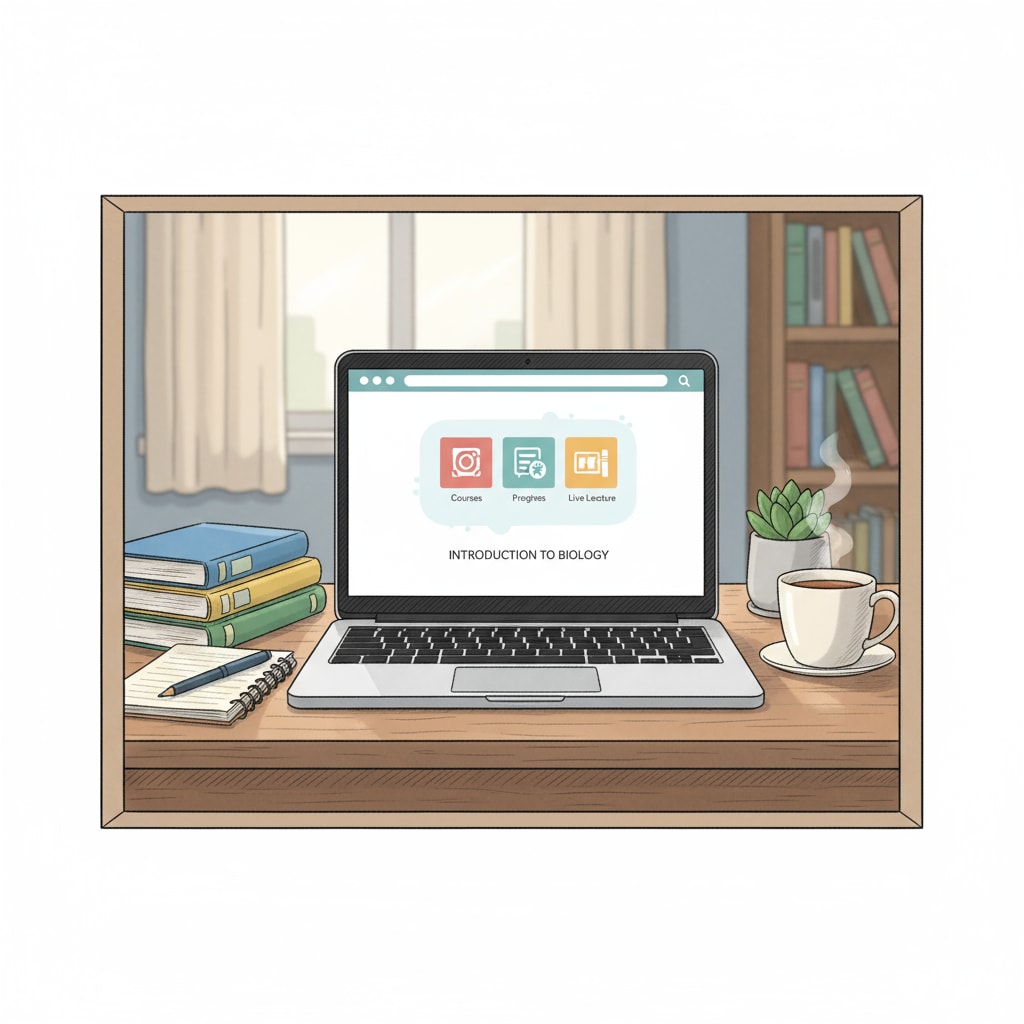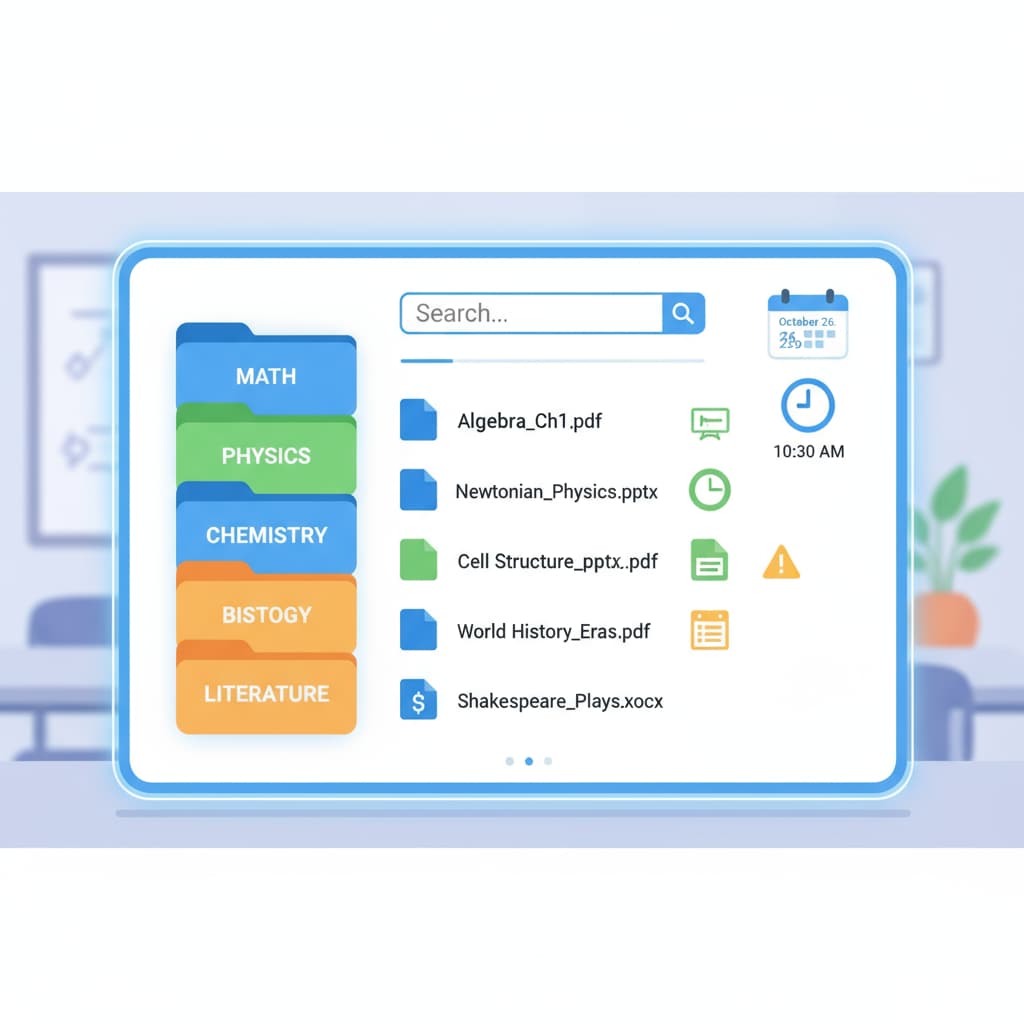In the era of digital transformation, online learning has become a popular choice for many students, especially those considering mental health factors. However, maintaining productivity and overcoming procrastination in this virtual environment can be quite challenging. This article will explore effective strategies in three key areas: environment creation, time management, and mental adjustment to help students thrive in online learning.

Creating an Optimal Learning Environment
An ideal learning environment is crucial for enhancing productivity in online learning. First, designate a specific study area. This space should be free from distractions such as noisy family members or the temptation of the TV. According to Psychology Today, a dedicated study area helps train your brain to associate that space with focused learning. Second, organize your digital workspace. Keep your desktop clean, and use folders to categorize your study materials. This way, you can easily find what you need, saving time and reducing stress.

Mastering Time Management
Effective time management is a key weapon against procrastination. Start by creating a detailed schedule. Allocate specific time slots for different tasks, such as attending online classes, doing assignments, and taking breaks. As Britannica states, a well-structured schedule provides a clear roadmap for your learning activities. Additionally, use time management techniques like the Pomodoro Technique. Work for a set period, say 25 minutes, and then take a short break. This helps maintain your focus and prevent burnout.
Another important aspect is setting realistic goals. Break down large tasks into smaller, manageable ones. This makes them less overwhelming and more achievable. For example, if you have a big research project, divide it into steps like topic selection, research, writing, and editing. By achieving these small goals, you build momentum and motivation.
Readability guidance: Notice how we use short paragraphs and lists to summarize key points. Each H2 section has a list of related strategies. We also control the proportion of passive voice and long sentences. Transition words like ‘first’,’second’, ‘additionally’, and ‘for example’ are used to make the article flow smoothly.
In conclusion, by creating an optimal learning environment, mastering time management, and maintaining a positive mental attitude, students can enhance their productivity and overcome procrastination in online learning. This not only benefits their academic performance but also contributes to their overall mental well-being. Online learning, productivity, procrastination, and mental health are intertwined, and by implementing these strategies, students can strike a balance and succeed in the digital learning world.


